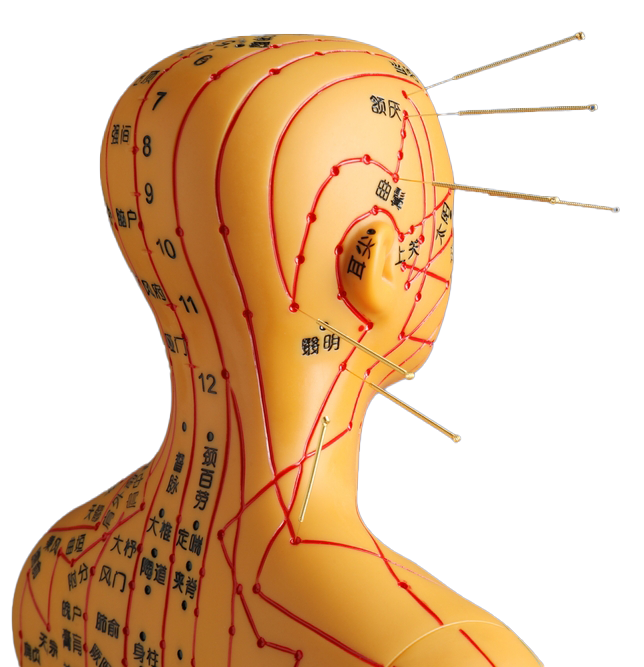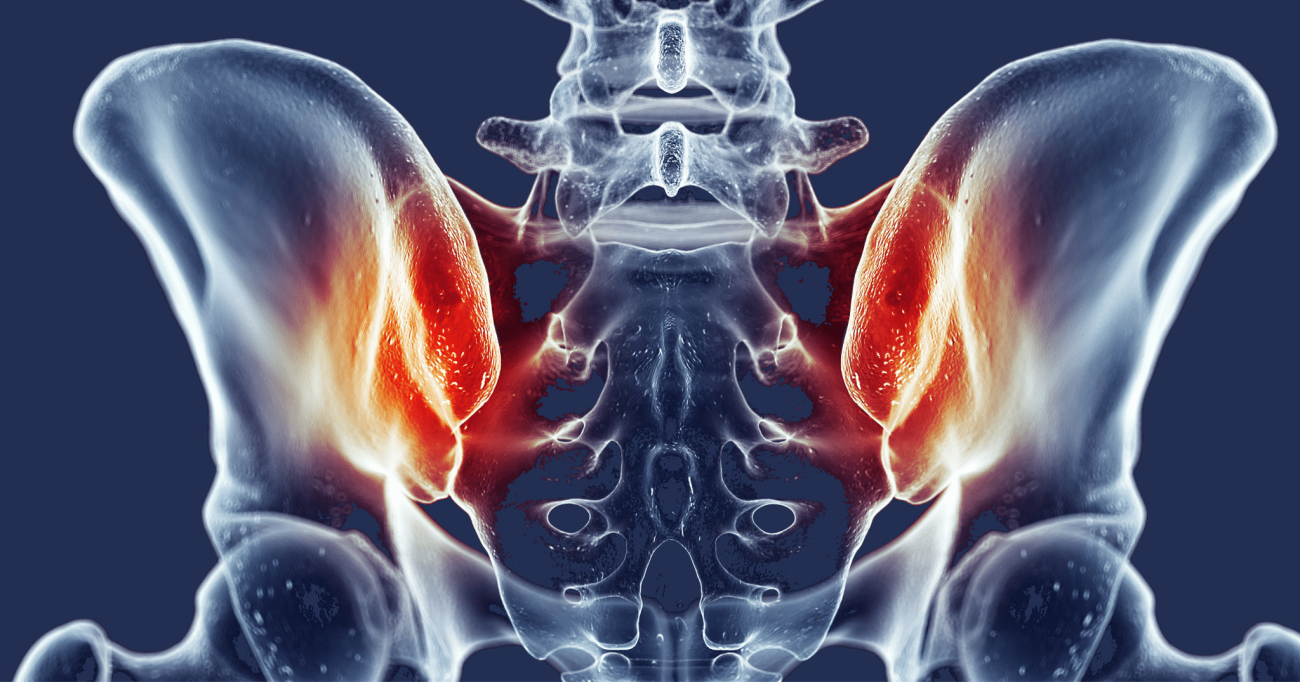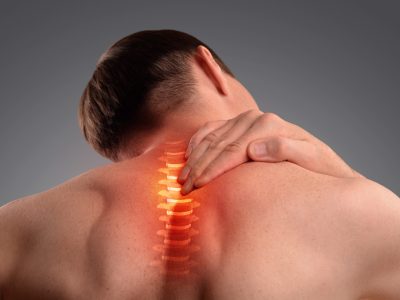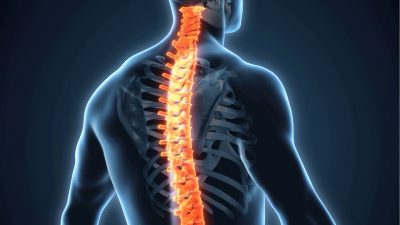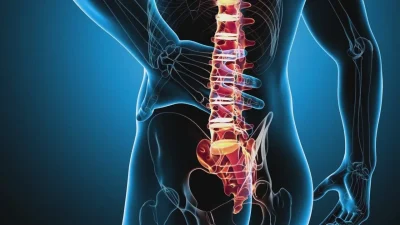- Facet joint Radiofrequency Thermocoagulation (RFT) Treatment
- Radiofrequency Thermocoagulation Dorsal root ganglion (DRG) radiofrequency thermocoagulation (RFT)
- Discitis Procedure
- Sacroiliac Joint Radiofrequency Treatment (Simplicity)
- In-Disc Ozone Therapy
- Nucleoplasty
- Transforaminal Injection (Pinpoint)
- Facet joint block
- Epidural Injection
Sacroiliac Joint Radiofrequency Treatment (Simplicity)
- Home
- Low Back Pain Treatments
- Sacroiliac Joint Radiofrequency Treatment (Simplicity)
Contents
Toggle- Creating an individualised treatment plan
- The role of different specialities (physiotherapist, orthopaedist, psychologist, neurosurgeon)
- Pain treatment during pregnancy
- Treatment of chronic pain in the elderly
- Pain management in children
- Stress management
- Healthy eating
- Ergonomic living arrangements
- Exercise and mobility
- Facet joint Radiofrequency Thermocoagulation (RFT) Treatment
- Radiofrequency Thermocoagulation Dorsal root ganglion (DRG) radiofrequency thermocoagulation (RFT)
- Discitis Procedure
- Sacroiliac Joint Radiofrequency Treatment (Simplicity)
- In-Disc Ozone Therapy
- Nucleoplasty
- Transforaminal Injection (Pinpoint)
- Facet joint block
- Epidural Injection
- Cancer pain
- Permanent Epidural / Spinal Port Application
- Vascular Port (Permanent Vascular Access)
- Trigeminal Nerve RFT
- Blockade of Ganglion Stellatum
- Lumbar Sympathetic Ablation
- Facet joint Radiofrequency Thermocoagulation (RFT) Treatment
- Radiofrequency Thermocoagulation Dorsal root ganglion (DRG) radiofrequency thermocoagulation (RFT)
- Hernia Burning (IDET)
- Discitis Procedure
- Sacroiliac Joint Radiofrequency Treatment (Simplicity)
- Permanent Epidural / Spinal Port - Pump System
- In-Disc Ozone Therapy
- Nucleoplasty
- Peripheral Nerve Block
- Transforaminal Injection (Pinpoint)
- Facet joint block
- Epidural Injection
- Intra-articular Fluid Treatment
- Dorsal root ganglion (DRG) radiofrequency thermocoagulation (RFT)
- Spinal cord stimulation (pain pacemaker)
- Ergonomic living arrangements
- Spinal cord stimulation (pain pacemaker)
- Nucleoplasty
- Radiofrequency ablation
- Herbal solutions
- Dry needle treatment
- Anti-ageing treatments
- Ozone therapy
- Cupping therapy - Cupping
- Mesotherapy
- Prolotherapy
- Acupuncture
- Stem Cell Therapy
- Nerve blockages
- Corticosteroid injections
- Massage and relaxation techniques
- Manual therapy
- Electrotherapy
- Neuropathic pain medications
- Anti-inflammatory drugs
- Muscle relaxants
- Painkillers (paracetamol, ibuprofen, etc.)
Sacroiliac Joint Radiofrequency Treatment (Simplicity Method)is a minimally invasive treatment method applied to reduce or completely eliminate pain in patients with chronic low back and hip pain. This method provides effective pain control, especially in patients with sacroiliac joint dysfunction. It is applied with a special catheter system called Simplicity and allows targeting the nerves that transmit pain using radio waves.
Sacroiliac Joint and Pain
- Sacroiliac Joint (SI Joint): It is the joint between the lower part of the spine (sacrum) and the pelvis (pelvis). This joint plays an important role in weight bearing, body balance and movement.
- SI Joint Dysfunction: Pain can be caused by inflammation, injury or degeneration in this area. The pain is usually felt in the lower back, in the buttocks or radiating down the leg.
What is Radiofrequency Treatment?
Radiofrequency therapy is a method that allows the nerves that transmit pain to be deactivated with thermal energy (heat). With this treatment, the capacity of the nerves to carry pain signals is temporarily or permanently interrupted.
Radiofrequency Treatment with Simplicity Method
The Simplicity method is a treatment protocol designed to target the nerves (lateral branches) that innervate the sacroiliac joint. With the specially designed Simplicity catheter, the nerves are accurately targeted and the effect of the treatment is maximised.
How is the Procedure Performed?
- Preparation:
- The patient is prepared for the procedure in a sterile environment.
- The procedure is usually performed under local anaesthesia, but sedation can be used if necessary.
- Imaging Usage:
- The sacroiliac joint and target nerves are detected by fluoroscopy (X-ray) or ultrasound.
- Catheter Placement:
- The Simplicity catheter is approximated to the nerves innervating the sacroiliac joint.
- Radio Waves Application:
- The nerves are deactivated by applying heat energy with radio waves through the catheter.
- Completion:
- After the procedure is completed, the patient is observed for a short time and is usually discharged on the same day.
Advantages
- Effective Pain Control: Provides long-term relief in pain originating from sacroiliac joint.
- Minimally Invasive It is applied without the need for surgical intervention.
- Fast Recovery: Patients can usually return to their daily activities within a few days.
- Targeted Treatment: It targets specific nerves innervating the sacroiliac joint.
- Safe and Comfortable: It is performed with local anaesthesia, the risk of complications is low.
Who is it suitable for?
- Patients diagnosed with sacroiliac joint dysfunction and chronic pain.
- Individuals who have not received sufficient benefit from other methods such as physiotherapy, medication or injections.
- Patients who are not suitable for surgical intervention or who do not prefer surgery.
Risks and Side Effects
Radiofrequency treatment is generally a safe method, but the following risks may rarely be seen:
- Temporary pain, swelling or bruising at the procedure site.
- Risk of infection.
- Nerve damage (very rare).
- Temporary numbness or tingling.
Post Procedure Care
- Light Activity: Heavy lifting and strenuous activities should be avoided for the first few days.
- Pain Monitoring: Mild pain or discomfort may occur after the procedure and usually resolves within a few days.
- Regular Checks: The effect of treatment is usually maximised within a few weeks. Regular medical check-ups are important.
Treatment Effectiveness
- After radiofrequency treatment, most of the patients experience a significant reduction in pain.
- The duration of action can usually vary between 6 months and 2 years.
- If the pain recurs, the treatment can be repeated.
Conclusion
Sacroiliac joint radiofrequency therapy (Simplicity method) is a modern and effective treatment option for patients with chronic low back and hip pain. It is characterised by its minimally invasive nature, rapid recovery and long-term pain control. However, an assessment by a specialist is necessary to determine whether this method is suitable.
Our treatments
- Home
- Low Back Pain Treatments
- Sacroiliac Joint Radiofrequency Treatment (Simplicity)
